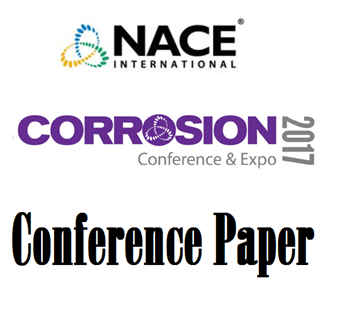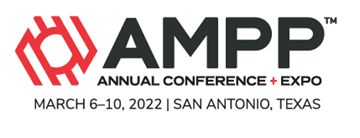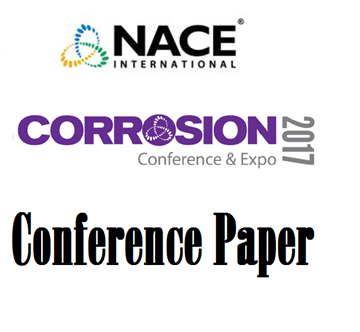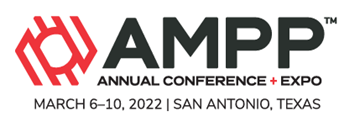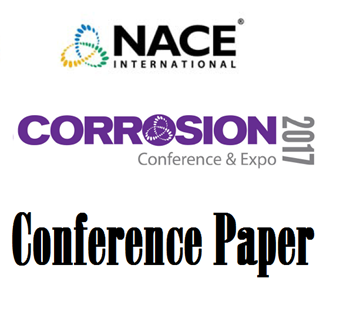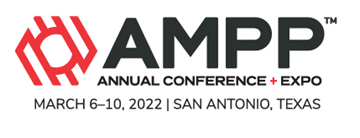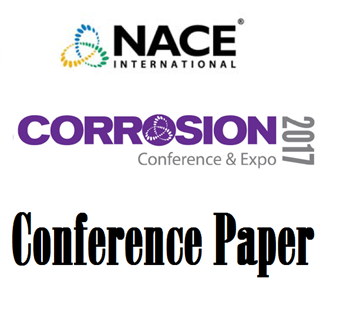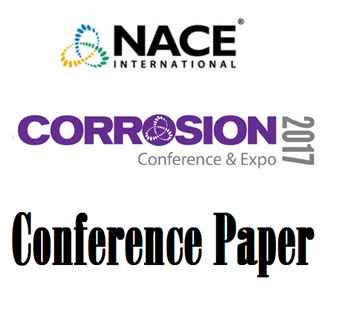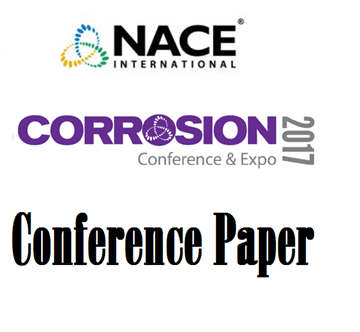Search
Cathodic Protection
View as
Sort by
Display
per page
Calculating and Tracking Soil Resistivity Change in High AC Corridors
Product Number:
51317--8984-SG
ISBN:
8984 2017 CP
Publication Date:
2017
$20.00
Can an Intermittent Cathodic Protection System Prevent Corrosion of Buried Pipeline?
Product Number:
51317--9353-SG
ISBN:
9353 2017 CP
Publication Date:
2017
$20.00
Case Study: HDD CP Retrofit For Existing Critical Service Ethylene Above Ground Storage Tank.
Product Number:
51322-18035-SG
Publication Date:
2022
$20.00
Cathodic Protection and MIC - Effects of local electrochemistry
Product Number:
51317--9452-SG
ISBN:
9452 2017 CP
Publication Date:
2017
$20.00
Cathodic Protection -Based Solutions For Corrosion Prevention Of “Green Aluminum” Alloys
Product Number:
51322-17823-SG
Publication Date:
2022
$20.00
Cathodic Protection Coupon Use for Buried Piping in Plant (i.e. Complex) Facilities
Product Number:
51317--8824-SG
ISBN:
8824 2017 CP
Publication Date:
2017
$20.00
Cathodic Protection Monitoring In Water And Wastewater Systems
Product Number:
51322-17655-SG
Publication Date:
2022
$20.00
Cathodic Protection on Steel Reinforced Concrete Marine Structures
Product Number:
51317--9219-SG
ISBN:
9219 2017 CP
Publication Date:
2017
$20.00
Challenges in Mitigating AC Interference in Remote Areas
Product Number:
51317--9090-SG
ISBN:
9090 2017 CP
Publication Date:
2017
$20.00
Combination Of High Ph SCC And Near Neutral Ph SCC Models Using Bayesian Networks
Product Number:
51322-17851-SG
Publication Date:
2022
$20.00
Combined Cathodic and Anodic Interference in Pipeline - An Analysis
Product Number:
51317--9004-SG
ISBN:
9004 2017 CP
Publication Date:
2017
$20.00
Combining CP System and Pressure Monitoring at Gas Storage Fields Using Wireless Networked Systems
Product Number:
51317--8983-SG
ISBN:
8983 2017 CP
Publication Date:
2017
$20.00

